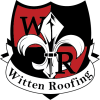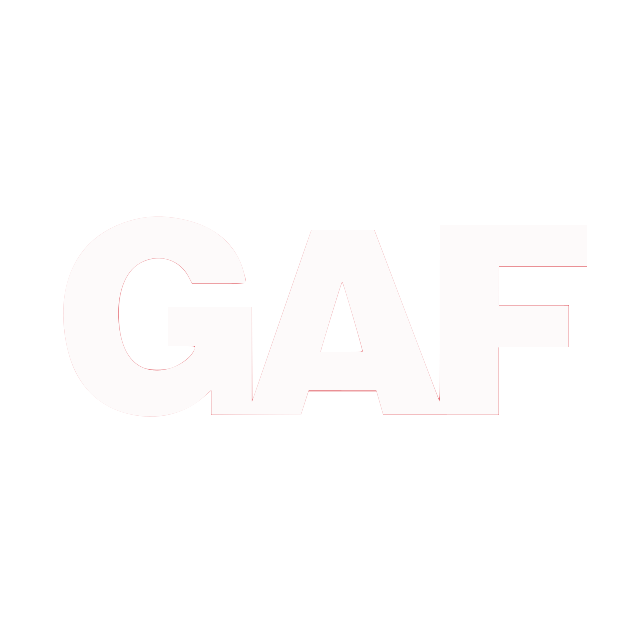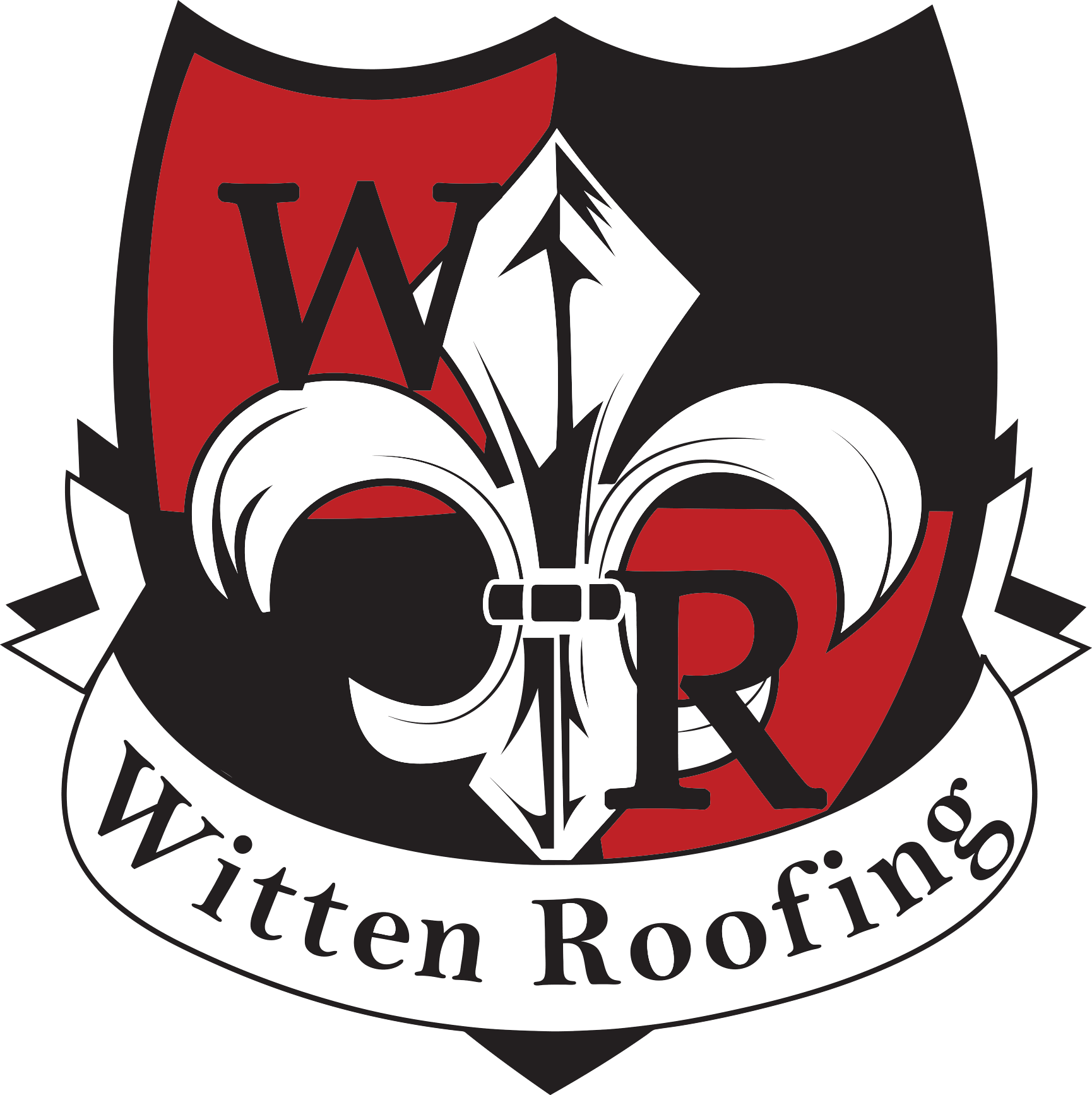Living in New Orleans means embracing a unique culture, rich history, and vibrant neighborhoods — but it also means dealing with one of the most challenging climates in the country. High humidity, frequent rainstorms, and subtropical heat create the perfect environment for roofing problems caused by mold, algae, and excess moisture.
Many homeowners focus on storm damage when it comes to roof concerns, but humidity-related issues can be just as destructive over time. Left unchecked, they can shorten your roof’s lifespan, reduce energy efficiency, and even affect your home’s curb appeal and resale value.
In this guide, we’ll explore how humidity, mold, and algae impact New Orleans roofs, the warning signs to look for, and how to protect your home from these common problems.
Why Humidity Is Such a Problem in New Orleans
New Orleans has a humid subtropical climate, which means high levels of moisture in the air almost year-round. Average humidity often hovers above 75%, and combined with heavy rainfall, it creates an environment where roofing systems never get a chance to fully dry out.
Humidity affects roofs in several ways:
- Moisture absorption: Shingles and roof decking can absorb moisture, weakening materials over time.
- Condensation: When warm, moist air rises into the attic, it condenses on cooler surfaces, causing mold growth and wood rot.
- Trapped heat: Humidity combined with poor ventilation increases attic temperatures, stressing roofing materials.
- This constant dampness makes New Orleans roofs far more vulnerable to mold, algae, and mildew than homes in drier climates.
Mold Growth on Roofs
How Mold Forms
Mold spores thrive in damp, shaded environments — and with frequent rainfall and humidity, your roof becomes a prime breeding ground. Areas with poor drainage or consistent shade, such as spots beneath overhanging trees, are especially vulnerable.
Why Mold Is a Problem
- Structural Damage: Mold breaks down organic roofing materials, weakening shingles and roof decking.
- Health Concerns: Mold spores can travel into your attic and indoor spaces, triggering allergies or respiratory issues.
- Insulation Damage: Once mold spreads into attic insulation, it reduces energy efficiency and can be costly to replace.
Warning Signs of Roof Mold
- Dark, fuzzy patches on shingles or in attic spaces
- Musty odors coming from the attic
- Warped or weakened wood in the roof decking
- Interior ceiling stains caused by moisture infiltration
Algae Growth on Roofs
How Algae Develops
Unlike mold, algae doesn’t require standing water to thrive. In New Orleans, it shows up as dark black or green streaks running down roofs, especially on asphalt shingles. The humid climate and frequent rain allow airborne algae spores to take hold and spread quickly.
Why Algae Is a Problem
- Curb Appeal: Algae streaks make a home look older and poorly maintained.
- Heat Absorption: Dark streaks cause shingles to absorb more heat, raising attic temperatures and driving up cooling costs.
- Shingle Damage: Over time, algae feeds on the limestone filler in asphalt shingles, shortening their lifespan.
Warning Signs of Roof Algae
- Black or green streaks that won’t wash away with rain
- Stains concentrated on shaded areas of the roof
- Gradual spread across larger portions of the roof each season
The Role of Attic Ventilation and Insulation
Humidity-related problems aren’t just about what’s happening on top of the roof. Poor attic ventilation and insufficient insulation make the issue worse.
- Ventilation: Without airflow, moist air gets trapped in the attic, leading to condensation and mold.
- Insulation: Damp insulation loses effectiveness, making your HVAC system work harder and raising energy bills.
By pairing proper ventilation with regular roof maintenance, New Orleans homeowners can significantly reduce mold and algae risks.
Preventing Mold and Algae on New Orleans Roofs
While you can’t change the humid Louisiana climate, you can take proactive steps to protect your roof:
Regular Roof Inspections
Schedule professional inspections at least once a year — ideally before hurricane season. Roofers can spot early signs of mold, algae, and moisture damage before they become major problems.
Keep Gutters Clean
Clogged gutters allow water to pool near roof edges, encouraging mold and algae growth. Clean gutters at least twice a year, especially after heavy storms.
Trim Overhanging Trees
Shaded, damp areas are prime spots for algae. Trimming branches lets in more sunlight and improves roof drying.
Install Algae-Resistant Shingles
Modern shingles are available with copper or zinc granules that naturally resist algae growth. These are an excellent choice for New Orleans homeowners replacing their roofs.
Ensure Proper Ventilation
Ridge vents, soffit vents, and attic fans can improve airflow and reduce humidity buildup.
Soft-Wash Roof Cleaning
If algae streaks or mold patches are visible, hire a professional roofer to use low-pressure soft washing with safe cleaning solutions. Avoid high-pressure washing, which damages shingles.
When Roof Mold or Algae Requires Professional Help
Sometimes cleaning and maintenance aren’t enough. If mold has spread into your attic or algae has significantly weakened shingles, it may be time for repairs or roof replacement.
Professional roofers can:
- Remove and replace damaged shingles or decking.
- Install protective underlayment to resist moisture.
- Recommend roofing materials best suited for New Orleans’ humid climate.
Long-Term Benefits of Proactive Roof Care
Taking mold and algae seriously has big payoffs for homeowners:
- Longer Roof Lifespan – Well-maintained roofs last years longer.
- Lower Energy Bills – Reduced attic heat keeps your home more efficient.
- Healthier Indoor Air – Less mold means better air quality inside.
- Improved Curb Appeal – A clean, streak-free roof enhances home value.
- Lower Repair Costs – Preventive care avoids expensive structural damage.
Final Words
New Orleans’ unique climate makes mold, algae, and humidity more than just cosmetic issues — they’re threats to the health, value, and longevity of your roof. By staying proactive with inspections, maintenance, and the right roofing materials, homeowners can keep these problems under control.
If you’ve noticed streaks, stains, or moldy odors around your roof, don’t wait for the damage to spread. Scheduling a professional roof inspection is the best way to protect your home and ensure your roof can handle the challenges of New Orleans weather year after year.
FAQ: Mold, Algae, and Humidity on New Orleans Roofs
Q:
Are the black streaks on my roof mold or algae?
A:
Most often, they’re algae. Mold is usually fuzzy and raised, while algae appears as flat, dark streaks that spread over time.
Q:
Can I pressure wash algae off my roof?
A:
No. Pressure washing strips shingle granules and causes damage. Instead, hire a roofer for professional soft washing.
Q:
How long do algae-resistant shingles last in New Orleans?
A:
With proper installation and maintenance, algae-resistant shingles can last 20–30 years while keeping your roof looking clean.
Q:
Will roof mold affect my indoor air quality?
A:
Yes, if mold spreads into your attic or insulation, spores can circulate inside your home and trigger allergies or respiratory issues.
Q:
How often should I inspect my roof in New Orleans?
A:
At least once a year, plus after major storms. Regular inspections catch mold, algae, and moisture damage early.




